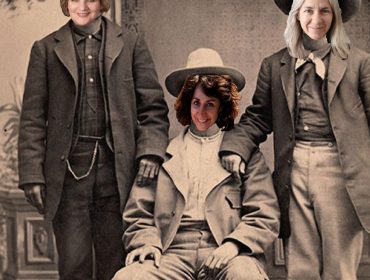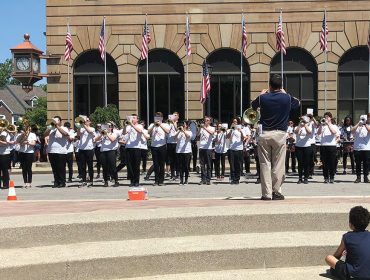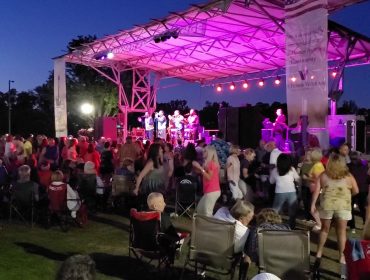Written By

The mythology surrounding the Trojan Horse lacks surface-level plausibility. With the technological capabilities of the Bronze Age and with the time pressure of war, the Greeks almost certainly could not construct an ornate equestrian sculpture that was large enough to fit an entire army of men. Instead, they likely left the Troys with an enormous pile of unfinished wood that vaguely resembled a mutated mule. Still, the Troys allegedly saw this monstrosity and welcomed it into their city as the Greeks giggled in bafflement through the permeable walls of their hastily assembled architecture. Despite the absurd nature of this tale, its central elements remain relevant to contemporary Berea, where a similar event nearly occurred.
Patrick Finley, chairman of Omni Senior Living, proposed a new unsightly structure known as Vitalia Senior Living Community in Berea on the corner of Bridge street. Vitalia’s design appeared inconsistent with Berea’s beautiful cultural atmosphere and communal aesthetic. Rather than maintaining the greenery and artistry typical of the Berean environment, Vitalia would tower over the city with nearly 70 feet of concrete. While the outside of the building would appear dull and unattractive, the inside appeared fun and elaborate. Advertised for its “resort-style” ambience, Vitalia would hold a pool, multiple theaters, dining experiences and other similar amenities. These features promised a comfortable living environment for its residents, but promised little for most Bereans. With such luxurious options available at Vitalia, many felt that its residents could easily neglect the local economy.
If most Troys saw the Trojan horse, it’s hard to imagine they would enthusiastically pull this structure into their town. More likely, the Trojan king looked out far from his palace and arrogantly trusted that his powerful warring peers had left him with a valuable gift. In turn, he ordered his men to pull the horse into his city, despite the concerns of his subjects. As a result, the individuals who occupied the horse burst out and wreaked damage onto the city. Bereans, however, are no Troys.
Bereans took their town’s fate into their own hands rather than trusting it in the hands of private developers, public officials or anyone else. Some criticized local officials and Vitalia for not doing enough to inform the community of Vitalia’s proposal. Regardless, a grassroots push against Vitalia soon gained momentum as word spread. Numerous city residents voiced their concerns on the subject at the city planning commission’s meeting. One resident called the building “hideous”, while another condemned it for defacing a historic district. In the end these residents succeeded and Vitalia failed, as the planning commission denied Vitalia’s proposal.
Related News
End Gerrymandering: How to Make Your Voice Heard
Join Ohio's fight against gerrymandering with Citizens Not Politicians. Stand up for fair voting districts and ensure every voice is heard. Learn more and...
Tired of the Lies? How to Keep Politicians Honest
An honest politician- that is the exception rather than the rule. Believe it or not, we can change that, if we dare to...
Tax Cuts Make You Pay More
Tax Cuts- Politicians have been cutting taxes for the past 50 years. Despite this, the majority of Americans have seen their taxes increase.
Berea’s Most Dangerous Moms
This opinion piece looks at why Berea Mayor Kleem is campaigning against three Berea moms who are running for city council. These moms...
The Memorial Day Parade is a Priority
Berea’s Memorial Day parade was canceled in 2020 and 2021 due to Covid. This year the parade was canceled but not other events- Why?
Rudeness at Berea’s Concert Series
Concert Series in Berea, Ohio hosted Brian La Blanc of the 1 Stop Pony Band. La Blanc was rude and abusive to a special...





